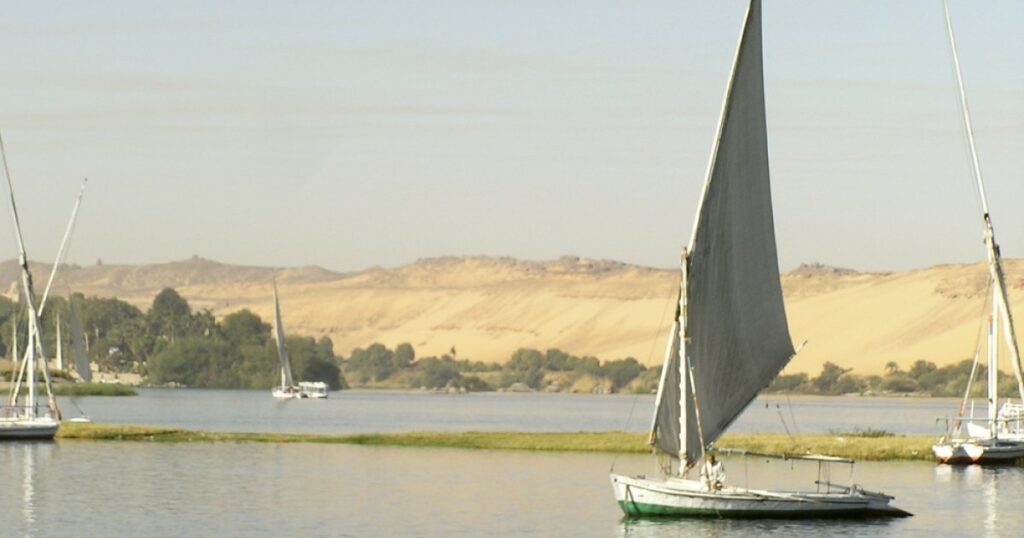The Crucial Intersection of Gender Equality and Climate Finance in Egypt
In recent years, climate finance has emerged as a critical instrument for advancing both gender equality and climate goals. As climate change poses an existential threat to our generation, its impacts are not gender-neutral. Women, in particular, are more vulnerable to climate hazards, receive less support, and face significant barriers to adapting and diversifying their livelihoods. Consequently, climate finance is becoming increasingly recognized for its vital role in promoting gender-environmental balance and ensuring the sustainability and efficiency of related initiatives.
The potential economic benefits of involving women more actively are substantial. For instance, increasing women’s participation in the economy could boost annual GDP by 26% (equivalent to $28 trillion USD) by 2025, with even higher returns in developing countries. Funding women entrepreneurs and businesses can help bridge the gender gap in access to financial services, enhance women’s economic empowerment, and broaden their opportunities to participate in the green transition. Despite these benefits, women remain widely marginalized and are seldom prioritized in climate finance initiatives. Globally, only 0.01% of funding is dedicated to projects addressing both climate change and gender equality, and merely 3% of climate development assistance focuses on gender equality.
Egypt’s Current Landscape
Egypt is particularly susceptible to the impacts of climate change due to its rapidly growing population in the densely populated Nile Delta, the agriculture sector’s significant role in the economy, and water scarcity. The country’s food and water security and long-term economic growth are at risk, with projections estimating a potential reduction in GDP by 2-6% by 2060 due to climate change. While Egypt has crafted a comprehensive climate agenda and consistently emphasized both gender and climate in its policies, these agendas have largely been pursued in isolation, particularly in the financial sphere.
Gender inequality remains a major challenge in Egypt, especially in rural areas. According to the 2023 Global Gender Gap Report, Egypt ranks 134th out of 146 countries, with a parity score of 62.6%. Women’s formal labor force participation rate was significantly lower than the global average at 15.1% in 2022, and women in the private sector earned 34% less per hour than men. They are also substantially excluded from the formal financial system, with only 27% of women owning accounts compared to 39% of men. Even though women’s representation on boards has improved in certain industries, they are still sidelined in climate action decision-making processes.
Insufficient and Inequitable Distribution of Resources
Egypt’s financial constraints severely hinder its ability to fund climate initiatives. The country needs $196 billion to implement its revised Nationally Determined Contributions (NDCs) for mitigation actions, requiring an annual outlay equivalent to 4-6% of its GDP, in addition to $50 billion for adaptation. High levels of internal debt and a deteriorating macroeconomic environment limit Egypt’s financial resources, compelling the government to rely on international funds to achieve its climate targets. Moreover, the high debt interest burden, exchange rate risks, and persistent budget deficits exacerbate these challenges.
The Way Forward: Integrating Gender into Climate Finance
The active participation of women in Egypt’s economy could significantly bolster the nation’s financial resilience and accelerate progress toward the 2030 vision. Climate finance offers a viable pathway for integrating gender considerations into climate action by focusing on several key areas:
-
Gender-Disaggregated Data: Building comprehensive datasets on women’s financial and economic status can help identify gender-related gaps and challenges, enabling policymakers to address these issues effectively.
-
Financial Education and Capability Building: Providing financial education to women, particularly in rural areas, can stimulate a "learning by doing" approach, empowering them to participate in the green transition.
-
Enhanced Digital Infrastructure: Improving digital infrastructure can facilitate women’s access to finance, especially in rural communities. Program-based budgeting frameworks can also track the integration of gender priorities through performance indicators.
-
Private Sector Engagement: Increasing the private sector’s role in climate financing is crucial. Currently, the private sector represents only 13% of the total climate finance in Egypt. Addressing obstacles like limited access to finance and inconsistent regulations can enhance its involvement.
- Financial Institutions’ Role: Financial institutions must evaluate market needs and ensure equal access to climate finance for both women and men through targeted initiatives and regulatory changes.
Recognizing the gendered nature of climate change is essential. Gender-blind financial policies could perpetuate existing inequalities or create new ones. Expanding women’s participation in all climate finance decision-making and advisory bodies is crucial for achieving a climate-neutral and equitable economy in Egypt.
For further information on Egypt’s climate and gender policies, visit the official website of the Egyptian government.
